Size inclusiveness has become a contentious issue in the fibre community.
This was brought home to me last week through an email I received from a fellow designer. In her email, she acknowledged her sizing of knitting patterns was not inclusive and that after listening to conversations on the topic, she felt very disappointed in herself for not including larger sizing.
Her main points were two-fold: First, every knitter deserves access to beautiful knitting patterns in their size and second, making size-inclusive patterns is part of the responsibility of being a designer.
I agree wholeheartedly that all knitters irrespective of their size need to have access to beautiful cardigan/sweater patterns. Moreover, it is important that the patterns they knit make them feel how they want to feel – whether it be feminine, bold, quirky or something entirely different.
There is, however, a huge proviso to this: Body shape. There are times a pattern may not suit the shape of either a larger frame body or, for that matter, even a petite one.
As a designer, my patterns have been graded from size 34 to 42 [86 -107cm]. In doing so, it has not been my intention to ignore knitters outside these sizes.
Rather, it has been fuelled by the notion of ‘average size’. In Australia, the average bust size in 2016 was between a 12D and 14C cup which loosely corresponds with being within the sizing range of my designs.
Is it my responsibility as a designer to be inclusive of all sizes?
Yes and no.
While the inclusiveness argument has merit, it should not, in my opinion, be driven just for the sake of inclusiveness.
I would rather design cardigans that make all women feel incredible rather than including her size in a pattern just because I feel browbeaten that all sizes should be included.
Will I include petite and larger sizing in my patterns in the future?
For some, yes. For others, no.
My responsibility is to the knitters who, regardless of size, want to knit my patterns. It is their responsibility to let me know if I am being inclusive of their size.
What do you think?
Please make a comment – positive change happens with communication.
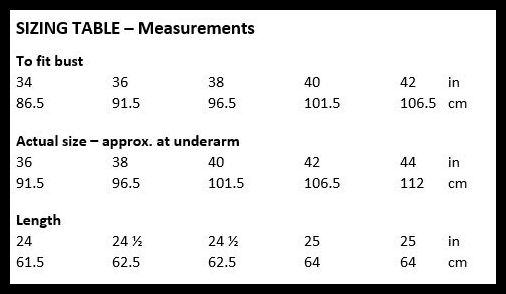
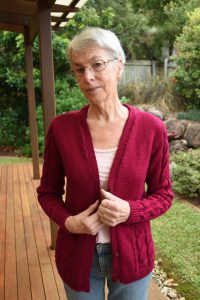
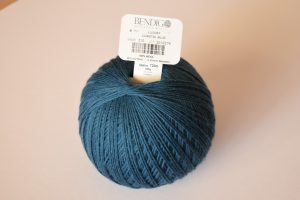
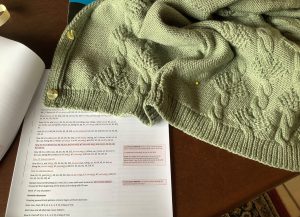
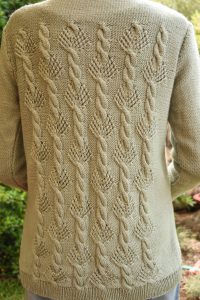
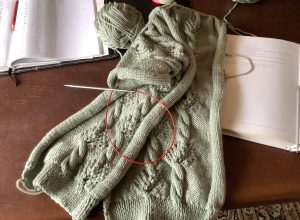
Comments
The range of sizes which you cover would just about include those who have an average shape (perhaps you could go one size smaller and one size larger). Smaller and larger people are mostly of different relative proportions, and need different-shaped clothing for most styles.
Author
Thank you for your comment Sue. In sizing my current design I have included 44 inch bust but not 32″. It does make sense to do both. I agree that different relative proportions and the need for different-shaped clothing for both larger and smaller frames is the core problem. Having said that, a recent test-knitter of one of my cardigans had to redesign the sleeves to fit as my pattern for 40″ bust was not large enough in the sleeves. I am not sure what the answer is. All I can do as a designer, is to be aware of the problem and continue to knit for the ‘average’.